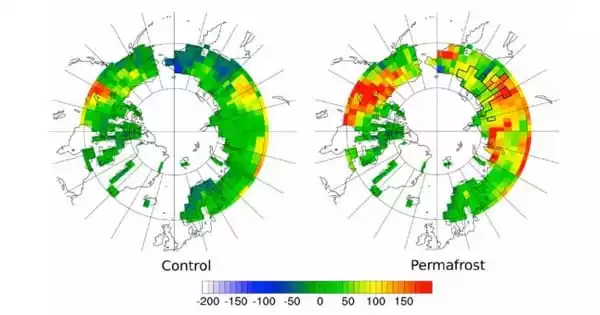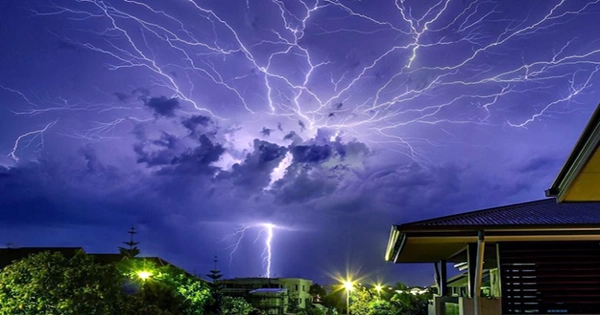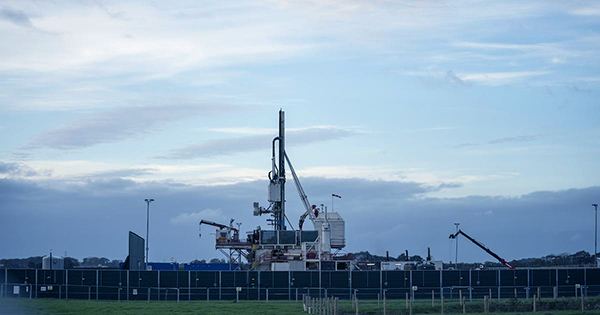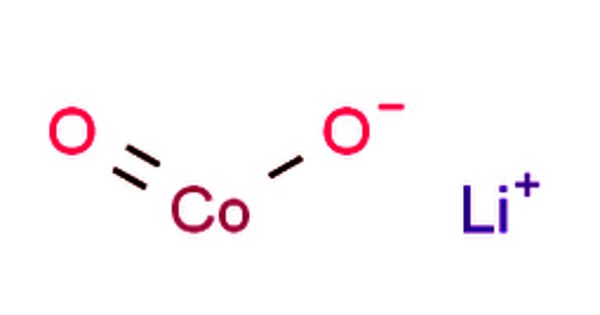A new genetic examination of ancient teeth has shattered a widely held assumption about Native American origins, revealing that the original occupants of what is now America were not who we thought they were. The idea says that the First Peoples arrived on the continent from Japan around 15,000 years ago, based mostly on archaeological evidence found at Native American sites. Native American stone tools and other stone artifacts resemble those of the Jmon people, a varied hunter-gatherer group who lived in ancient Japan from roughly 14,000 to 300 BCE.
Based on this and analysis of their migration across the continent, Native Americans are thought to have made their way across the Pacific Ocean’s northern rim, across the Bering Land Bridge (dry land that connected Siberia and Alaska during the last ice age), and finally to the northwest coast of North America.
That much may still be true, but according to a new study published in the journal PaleoAmerica, Native Americans were not most likely descended from the Japanese Jmon people. Professor Richard Scott of the University of Nevada-Reno headed the research that looked at ancient teeth from the Americas, Asia, and the Pacific. Native American teeth were found to have little in common with those of the Jmon people, and additional genetic testing confirmed this.
Professor Scott said in a statement, “We found that human biology just does not fit up with the archaeological explanation.” “We don’t doubt that ancient Native Americans arrived via the Northwest Pacific coast; we just oppose the assumption that they originated with the Jmon people of Japan.”
With only 7% of the Jmon people’s teeth related to non-Arctic Native Americans and genetic evidence to back it up, it is safe to assume that Native Americans came from somewhere else. “The Jomon, who lived 15,000 years ago in Japan, are an unusual source for Indigenous Americans.” There is no evidence of a link between Japan and America in skeletal biology or genetics “Scott continued. “Siberia looks to be the most plausible source of the Native American population.”
The study was hampered by the fact that the teeth and DNA samples were taken from the Jmon people were less than 10,000 years old, which is how long after the first Native Americans are supposed to have landed on the continent. The researchers believe the samples are “good proxies” for the Jmon people who resided in Japan for the previous 5-6,000 years. A new footprint discovered at an old lakebed in what is now White Sands National Park in New Mexico adds to the evidence that the First Americans did not come from Japan. The footprints date from 23,000 to 21,000 years ago, long before humans were thought to have landed on the continent.
“Based on the findings, the earliest migrations would have come from Asia, across the Bering Land Bridge, and arriving in Alaska.” We previously assumed that they would migrate south after the ice sheets melted and a migration corridor opened around 16,000 [years ago], but the earlier date from White Sands indicates that humans were already in the Americas “IFLScience spoke with Dr. Sally Reynolds, a co-author of the team that confirmed the prints were made by humans. “This implies that humans arrived in the Americas considerably earlier, but along the same path.”
It remains to seen whether the imprints are firmly related to Native Americans, but for the time being, it appears that the previous hypothesis that Native Americans arrived via Japan has been discredited. “The Incipient Jomon population provides one of the least plausible origins for Native American peoples of any non-African population,” Dr. Scott finds.
















